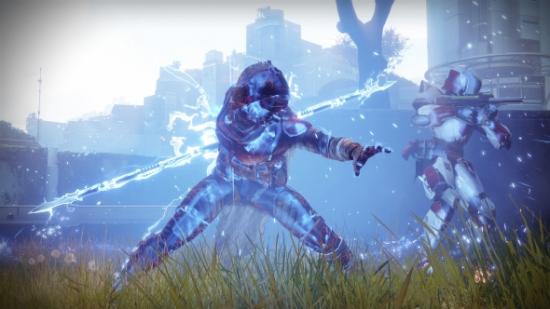By now you’ll be aware of exactly what Destiny 2 is, regardless of if you’ve played its console predecessor or not. In many ways it’s a clear sequel to what came before – there’s numerous identical features and the same general focus – but it’s also very obviously a step forward. If the first game was an experiment to blend shooting and MMO-style gameplay, then Destiny 2 is the game Bungie were probably hoping to achieve the first time around. Interested in what’s been improved and refined? These are Destiny 2’s most important new features.
Need to know what’s going on in the galaxy? Try our Destiny 2 story guide.
Clan support and raid matchmaking
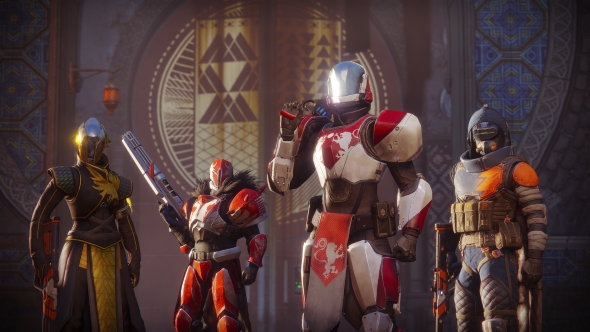
Half the people who played the original Destiny never saw its raids. Chat to the other 50% of the playerbase and they’ll tell you that raids are the best bit of the game, so thousands of people have been sorely missing out. The reason why those people missed out is because raids had to be done with people on your friends list; either people you knew, or strangers met on LFG and clan websites. Not ideal if you’re more of a lone wolf.
Bungie have changed all this in a way that maintains the focus on tight-knit groups, but is also more accessible for solo gamers looking to try raiding out. Clans are now supported in-game, akin to MMO guilds, and can be customised with banners and mottos. Join a clan, and you’ll have access to a list of pals to raid with. For those not in a clan, there’s the Guided Games system; a feature that allows a clan who need one or two more people for a raid to basically advertise for a solo player to join them. This will ensure raids are mostly populated by people working together, but allows non-clan players to still be part of the raiding fun. It’s a smart spin on a traditional looking for group feature that feels true to Destiny’s design.
New planets, no orbit
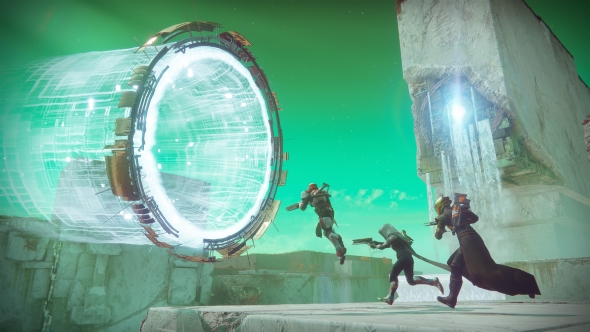
Destiny’s original set of planets have been retired in favour of a new solar system map. Available to visit will be Jupiter’s moon Io, Saturn’s largest moon Titan, and the sulphuric machine world of Nessus. We’ll also be heading back to Earth, but the Cosmodrome has been replaced by the EDZ, a european locale that’s twice as large as anything in Destiny to date. There’s a clear attempt to make these worlds very different to what we’ve seen before, with Titan being a world entirely covered by water, meaning we’ll be exploring oil rig-like structures.
You’ll be pleased to know that travelling around and between these worlds will be far less fiddly than in the previous game. To do practically anything in Destiny you had to quit out of your session to the ‘orbit’ screen, select a new area or activity, and then load into there. Now the orbit screen has been eliminated, allowing you to simply choose where to go next from wherever you are, and load into it without the middle step.
Fresh adventures
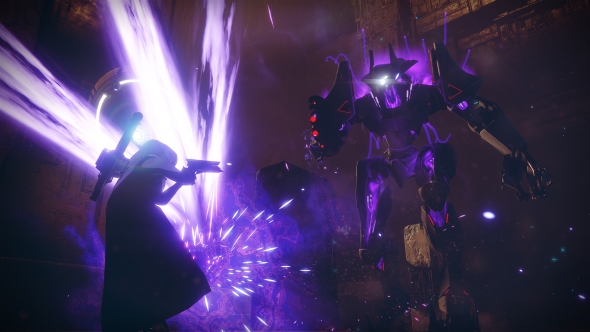
Outside of core quests, strikes, and raids, Destiny was pretty anemic on small-scale objectives. Patrol quests made up the majority of exploration of environments, and they weren’t the most inspiring of things. Destiny 2 is increasing the amount of activities for PvE players, and it sounds like there’ll be a much stronger variety. Heroic Objectives, while not heavily detailed yet, sound like public events that multiple players in the world can join in on. Treasure Maps have also been announced, and while Bungie have yet to explain exactly what they are, it sounds pretty obvious as to the kind of hunt-style experience they’ll provide.
Then there’s Lost Sectors, which appear to be the biggest new activity. NPC quest givers will be able to mark unknown areas on your map, which can then be explored like RPG dungeons. Inside each is a hoard of treasure defended by a boss, which when defeated will unlock the special loot.
If you’re a Destiny player already, that last paragraph reveals another new thing: there’s a map. Now, when on a planet surface, you can access a map that’s marked with all the activities in the area. It also works as a pseudo-calendar in that it says where and when public events will be taking place. It’ll no doubt be useful for tracking seasonal content, too. The gameplay trailer features Guardians playing a game of football, which could potentially be a limited-time event akin to the first game’s Sparrow (jet bike) races.
Revamped weapons and abilities
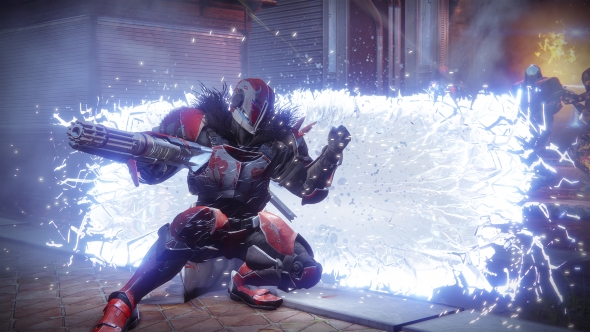
Like the vast majority of shooters, you’ve got limited weapons slots in Destiny. They’ve been subtly swapped up for the sequel, though. Your three weapons are kinetic, energy, and power. Kinetics fire simple bullets, energy types are powerful shield-shredders, and power weapons are the big boys – rocket launchers, chain guns .etc – that use very limited, special ammunition. The important change here is that most weapon types have the potential to be kinetic or energy, whereas in Destiny 1 specific weapons were categorically either a primary or secondary. This means, for example, you can wield two hand cannons if you have a kinetic and an elemental models, whereas in the original game a hand cannon could only be equipped to the primary slot.
All Guardians get a new skill, too. Every class has always had unique grenade and melee abilities on a cooldown, but each one now has a third ability based around combat utility. The Hunter has a dodge, which when used not only evades attacks but either reloads your weapon or generates some melee energy. The Titan can lay down an energy barrier, either tall or short, that provides cover for allies and can even block off areas. And finally the Warlock can gift allies with health regeneration or attack power increase via a deployed area-of-effect rift. While there have always been combat-aiding passive skills, these new active abilities add a little more non-aggressive variety to the combat.
A sense of cinema
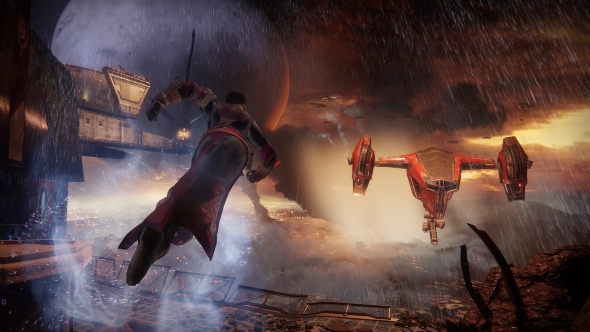
One of my requests in our Destiny 2 wish list was for the story missions to have a grander sense of scale and cinema. Bungie are most famous for developing Halo, which not only had pitch-perfect shooting, but developed its story and lore directly through action-packed, dramatic gameplay. In comparison, much of Destiny felt somewhat flat. The Taken King expansion pack improved things, but Destiny 2 takes this to new heights.
Firstly there’s promised to be plenty of pre-rendered cinematics, and the one that introduces the Homecoming campaign mission is approaching Blizzard-levels of polish. Characters that were once mere NPC quest givers are now developed personalities, so much so they’re going to be major plot points. Even better, they’ll feature in missions: Homecoming involves a segment where Zavala helps you fend off waves of attacking Cabal, while Ikora single-handedly takes out a space ship in a particularly superhero-like moment. It’s this attempt to make Destiny 2 feel more cinematic that’ll cement it as a world worth living in, rather than simply a top-notch shooting range.
